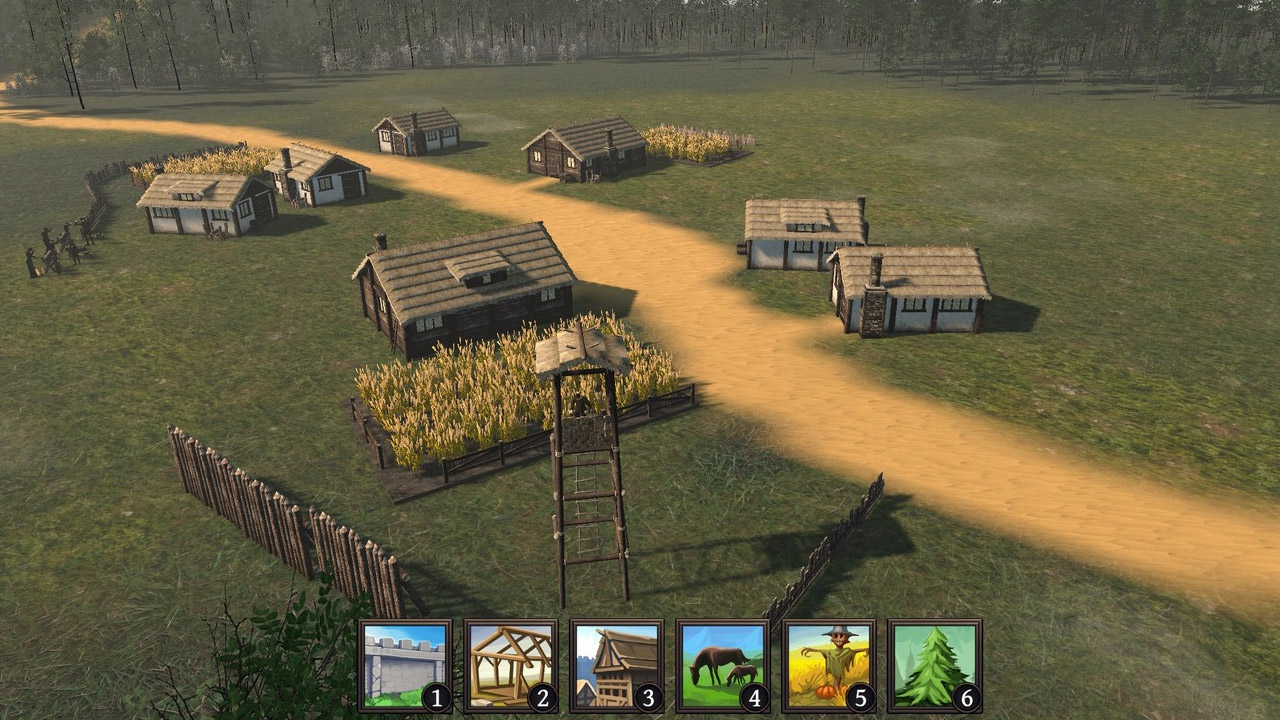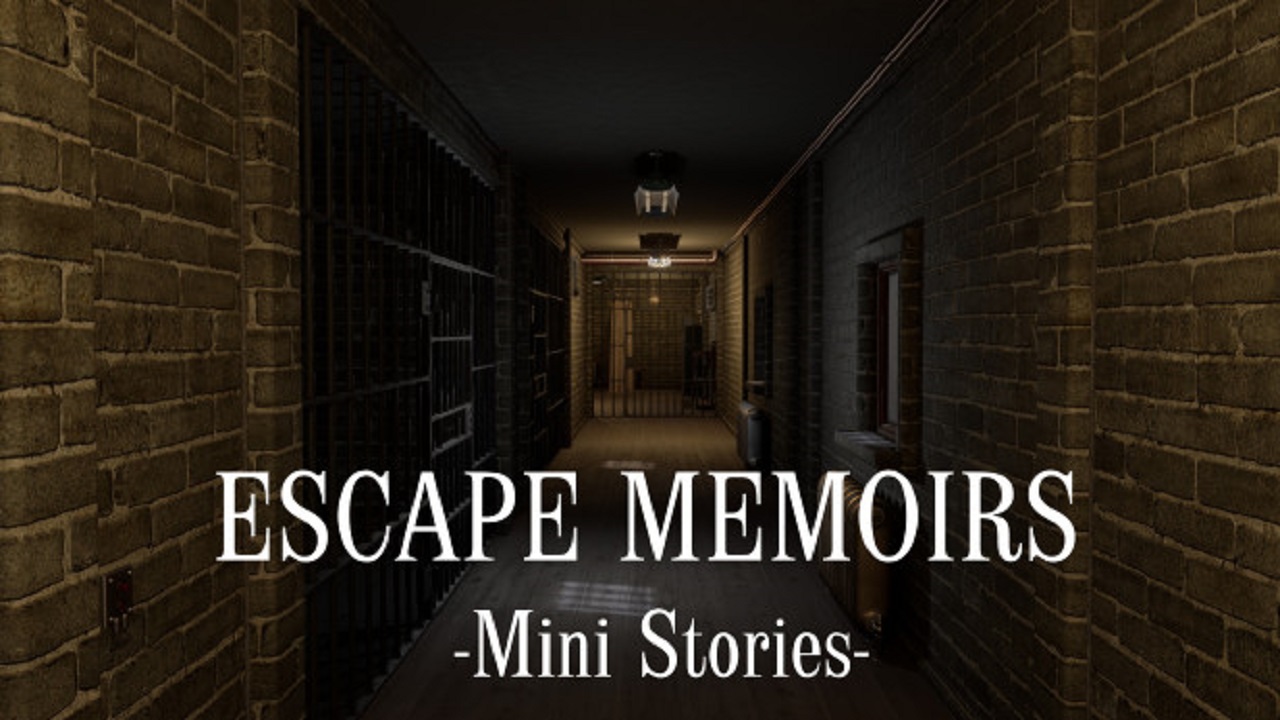A general guide for how to establish a successful village. Work in Progress.
Intro
When sustaining a population there is a myriad of things that can go wrong: sickness, starvation, unhappiness, attacks, and so on. In order to best serve your people, I have put together this guide that analyzes some of the steps one should take and how to go about them. Keep in mind that everything here is mostly a suggestion, so feel free to play your game however makes you happy.
Early Development
When it comes to starting civilization from scratch, it’s fair to say that the rules of survival camping apply. To maximize the odds of survival, you need fire + shelter, food, protection, and health.
- Heat/Shelter
- Food
- Protection
- Health
Depending on your game mode, starting resources/buildings, or overall situation, you may skip forward or revert back through these various stages. Food is frequently a problem for lots of history/players. Finding the right balance is important.
Remember, this game is meant to be a brutal survival experience where only the most tactful may survive. Don’t be too frustrated if villagers die or buildings are destroyed: that’s part of the play.
Gamer Pro Tip: When you first start the game, look to the upper left corner, you will see time controls using a – and +. Press the – until time is paused, and figure out your surroundings.
Bonus: You can set up all your peasant tasks or construction plans, that way when you unpause all of your peasants know what to do!
Heat and Shelter
At a minimum, you want to ensure your population has hovel mud huts as soon as is reasonable. When families are homeless, they will camp in tents that are essentially just a place to sleep. It is risky to leave your peasants in tents as they will suffer from hypothermia and be fully exposed to predators, costing you a precious workforce.
That said if you only have enough wood to home a portion of your population, you’re going to want to establish a short-term plan: you will need food, wood, and stone.
Gamer Pro Tip: Don’t build at the furthest edge of your domain. Lots of medieval villages made use of plank fencing to establish borders, but it also helps to stop some of the early monsters. Place walls around areas where your workers don’t go, and be sure to leave openings for workers to reach the woods to forage.
Starting Out
When starting from scratch, I begin by placing a lumberjack workshop, a herbalist workshop, a trapper and/or fishery, and at least 3 carrot fields (supported by 1 well). In addition, a chicken coop and goat pen offer daily food supply with an option to make a quick increase, 1 of each building is typically plenty.
At this point, you can decide whether to begin building homes with the remaining resources or to reinforce the workforce. Either way, you will need to collect more materials.
Food
Food: Quality of Life
By now you should have some if not all of your population living in houses. Your food supply may ebb and flow between 0-500 depending on how cautious you are about gathering. While ensuring the townsfolk have actual homes, you will want to ensure your long-term survival with easier access to food.
At the start, we built some workshops to gather food, some small animal pens, and a couple of fast-producing fields. To prepare for Winter, plant 2 cabbage fields so additional food can be produced during the cold season. With your remaining resources, plant up to 5 wheat fields. If you have a TON of wood and free workers, build a mill to enhance the wheat fields.
Long-Term Planning
Before getting carried away with other resources and needs, it’s important to remember that metal is the core of all advanced game buildings and mechanics: tools, weapons, and ballista bolts all rely on the presence of metal.
Build a forge to gain access to metal. This workshop is dangerous and cheap, and that’s exactly why we use it early game. In addition, a watch tower can be a massive advancement for a village, as not only does it make it easier to defend and protect, but it also increases foraging yields by guiding foragers to potential loot spots.
Protection
By now your villagers should be safe in their homes with full bellies, but the local wildlife and monsters may be causing a ruckus and tearing up property. Some damage is to be expected, after all: these are starving and desperate monsters trying to survive in their own ways.
To start protecting the village, place plank walls around the outer border of the village along the edge of the map. Do not completely seal the forest off as your villagers still require the resources in the wilds.
Once a basic perimeter is set up, damage to buildings should become much rare, but not altogether impossible. This is when we take from the defense strategy of Attack on Titan: a series of walls, each stronger than the last, with the core buildings being the most important to protect.
Outer wall: plank perimeter, meant to slow the majority of weaker animals, prone to excessive damage. Any building protected only by the outer wall should be able to take a hit or 2 if necessary. Rabbit pens are the ONLY ideal animal for this spot, purely because
TROLLS ARE AFRAID OF BUNNIES. This aids in defending the outer wall.
Inner wall: palisades and gates. These can’t stand against an army, but they will keep the wolves at bay. The ideal location for your animal pens so the monsters don’t eat all your cows and chickens.
Village Core: stone and reinforced walls.
You should aim to have ALL of your population behind these structures as people are your most valuable asset. In addition, you may want to protect some of your more expensive buildings such as smithies or taverns. Since food sources attract monsters, it is best to keep fields and animal pens outside of the village core, to keep monsters away from the population.
Health
By now food should be stable and the village should have relative safety. Over time your villagers have likely suffered some injuries, possibly even deaths, and your 1 herbalist likely can’t keep up with it all. At this stage of development, place another 2 herbalist workshops, a trapper, additional watch towers if you have less than 2, and a new set of crop fields. Each well can support 7 to 10 fields so an additional 1 or 2 wells will be most beneficial for the crops. If you didn’t build a mill during the previous stages, do so now, as this will increase the efficiency of wheat fields. With enough fields, wheat can act as the main source of food.
Staying Alive
From this point forward every decision made may be the one that kills the village, whether slowly or all in one shocking storm. Always ensure the health and fullness of your peasants, and try to establish a market with excess goods for trade, to minimize the need to gather in the woods.
Step-By-Step and Stage-By-Stage
Heat/Shelter
- 4 carrot fields, 1 well
- lumberjack workshop, herbalist
- chicken coop, goat pen, fishery/trapper
- houses, outer plank wall border
Food
- 3 carrot fields, 2 wheat fields, 2 cabbage fields, 1 well
- stewar, depot, fishery/trapper, watch tower
- mill, 6 wheat fields, 1 well, plank walls around fields
Protection
- palisades and gates, stone mason, forge
- 100% housed population with 1 spare
- additional watch towers, 1 stone tower, 6 wheat fields, 1 well
Health
- 2 herbalist, lumberjack, stone mason, smithy
- stone core village walls, home upgrades



